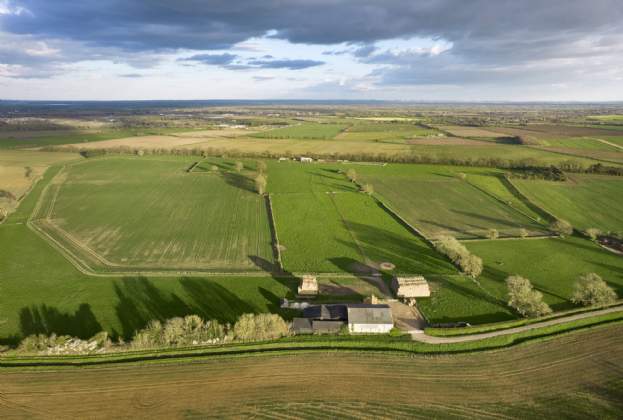The EU has recently approved plans for the Dutch Government to buy out livestock farmers' businesses to reduce nitrogen pollution. According to Eurostat, the Netherlands has the highest surplus of nitrogen in the soil of any European country and agriculture is one of the primary causes of nitrous oxide and ammonia emissions.
Under the scheme farmers in certain areas will be eligible to stop production voluntarily in return for up to 120 per cent compensation for the loss in value of their assets and the costs of cutting their production capacity. Participating farmers must agree to close down their dairy, pig or poultry farming operation and commit not to re-establish the same breeding activity elsewhere in the EU.
The buy-out plan has been met with resistance, linked particularly to fears that compulsory buy-outs may prove necessary. Others are viewing it as an opportunity, with some farmers exploring the possibility of using the scheme and re-establishing a dairy farm in the UK. In which case, how does the Netherlands compare to the UK in terms of farmland values and its agricultural business environment?
Farmland values
The Netherlands has some of Europe's highest agricultural land values, ranging from €50,000 to €200,000 per hectare. Prime arable land in a region in high demand with irrigation potential achieves the higher end of this range, while farmland suitable for dairy farming has an average value of €62,800 per hectare. Land values are lowest in the north of the country, but despite regional variations, Eurostat data shows that in 2021 the value of pasture in every region of the Netherlands was higher than all the other national averages in Europe, and far above farmland values in England (Figure 1).
The scheme will compensate for buildings and assets but not the land and livestock, which would need to be sold separately. Nevertheless, widespread uptake of the scheme could indirectly increase the supply of land and potentially decrease farmland values in the Netherlands.
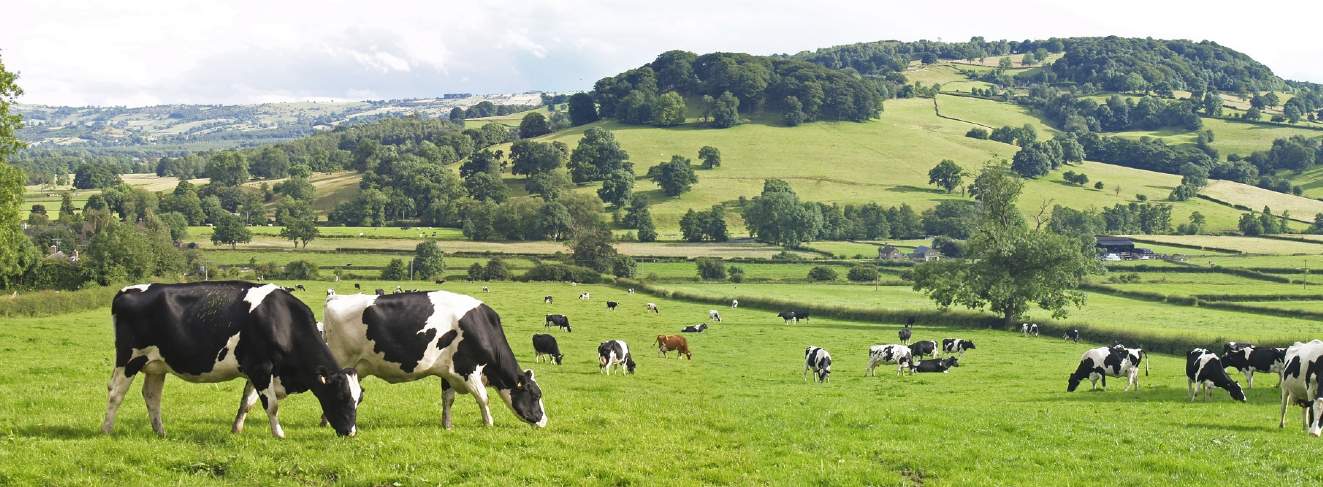

.jpg)
.jpg)
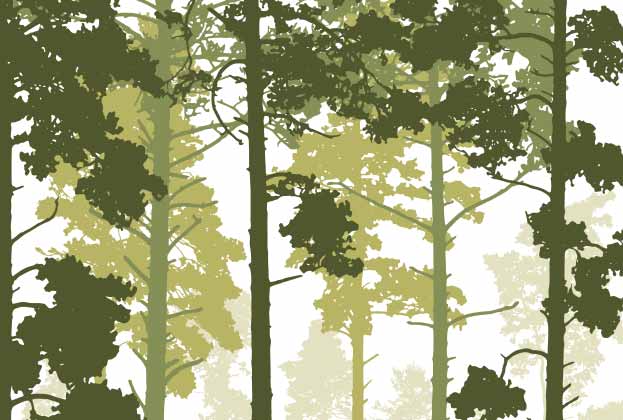
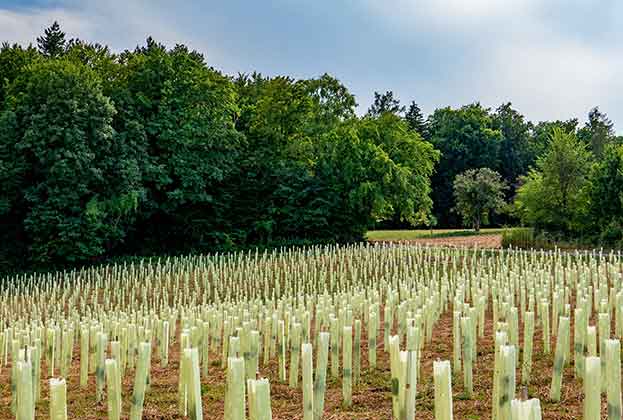
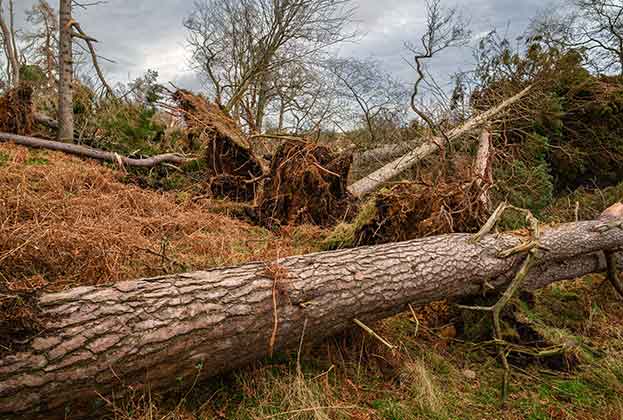
.jpg)
.jpg)
.jpg)
